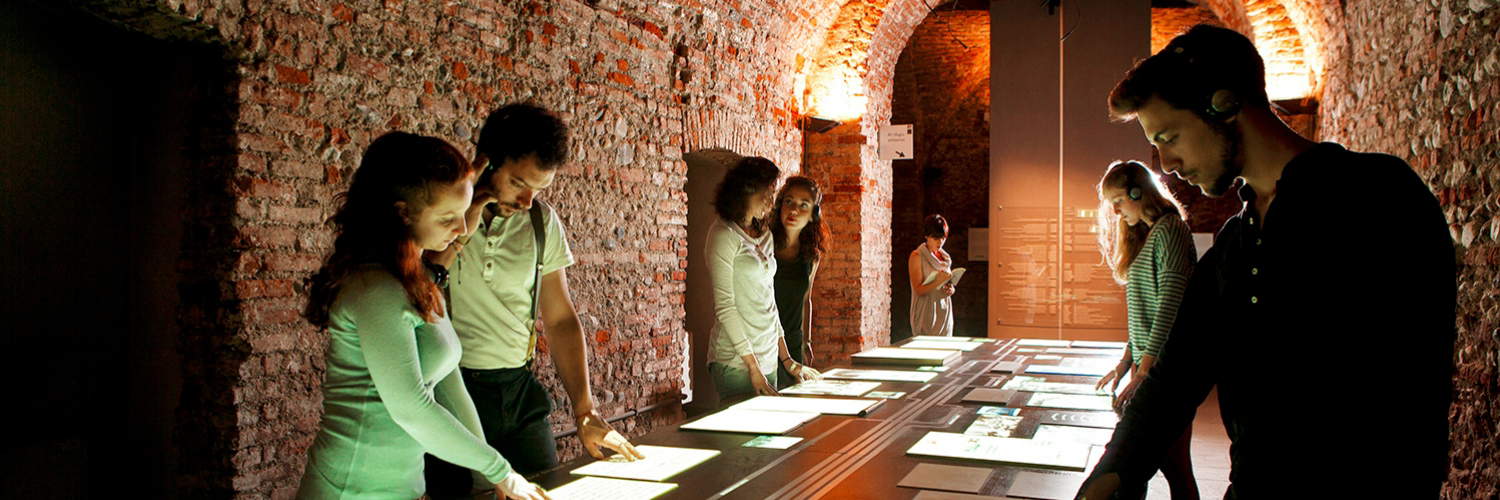It is finally getting to Phase 2, but it is far from trivial to understand what this will mean for the cultural sector. As the director of an institution that assimilates and integrates several functions and services (a museum, archives, libraries, performance spaces, event programming) I face a situation-I think common to many colleagues-where, in addition to the contingent management of safely reopening (already complicated in itself), one is required to work on prefiguring possible future scenarios.
There is a need to listen, to imagine, to revise the way we plan, to renegotiate priorities, to redefine investments, conditions and behaviors capable of enabling original paths of innovation, sustainability and legitimacy that are capable of providing answers to the new socio-cultural landscape in which we are going to operate.
Doing this will mean not only occupying a space of presence consistent with a possible future, but contributing to thinking and designing a desirable future. A very near future that risks being destabilized by further and emerging inequalities and inequalities in access to opportunities and in the guarantee of fundamental rights. The arts and culture sector itself runs the risk that the effects of the crisis will fall unequally and inequitably on its constituent sectors, structures and people. It is crucial at this stage to put skills, labor and cultural workers, especially the most fragile and precarious ones, at the center.
The inadequate management of this crucial transition will lead to dramatic effects on individuals, families and organizations, but also to worrying medium-term consequences for the sector’s ability to conceive and implement the kind of innovation needed to move proactively, consciously and prominently in the world we will soon be inhabiting.
 |
| Museo Diffuso della Resistenza, Polo del ’900 (Turin), basement of Palazzo San Celso |
The cultural sector is labor intensive, absorbing skills that require high skills (more than 33 percent have master’s degrees compared to the national average of 7.6 percent) and with a better gender balance than other productive sectors. The cultural supply chain in the strict sense also employs a great many creative professions(design, gaming, ICT, edutech, fashion, crafts, communication) and in turn produces skills that innervate the noncultural production system. It is, however, a more fragile sector than others because it is made up of fewer employees, more part-timers, more freelancers, intermittent and infra-annual work (see latest Symbola report). The areas of greatest contractual weakness and least protection concern mainly and not surprisingly the younger age group.
If the crisis were to put out of business many of the skills and people who keep the many small cultural realities going and who collaborate and gravitate more or less permanently around medium and large institutions, the damage would be enormous. I am thinking of the archipelago of skills, often transversal and poorly regulated, that operate in the fields of cultural design, communication, digital transformation, education,audience development, evolved management , curatorship, participatory processes, to name but a few.
The damage would also be enormous because innovation, now more than ever, requires ecosystems with high biodiversity, strong interdisciplinarity, hybridization of visions, languages and design grammars, new looks and solid roots, risks, mistakes, contexts in which to experiment with novel forms of collaboration and mutual fertilization, adventures involving fellow travelers belonging to unusual worlds of reference.
Moving a context of action devoid of these characteristics (which the cultural system has recently been learning to appreciate and value) risks undermining that possibility of contributing to prefigure a desirable future, confining us to the condition of those who must be content to endure in what is possible.
Warning: the translation into English of the original Italian article was created using automatic tools. We undertake to review all articles, but we do not guarantee the total absence of inaccuracies in the translation due to the program. You can find the original by clicking on the ITA button. If you find any mistake,please contact us.